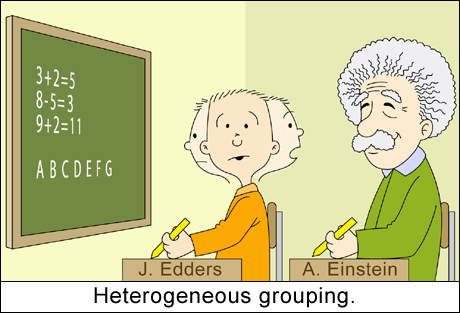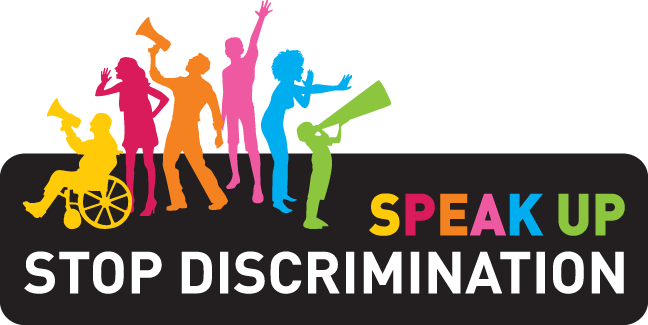"Tracking: Why schools need to take a new route"
Jeannie Oakes
In this article, the author Jeannie Oakes argues that the education system need to take measures in order to have successful heterogeneous classroom instead of the controversial homogeneous ones. a heterogeneous classroom is where children of approximately the same age are placed in different classrooms in order to create a relatively even distribution of students of different abilities as well as different educational and emotional needs. They think that in order for this to happen it needs to be implemented in the school curriculum at an early stage because by the time the students get to middle and high school it will be too late. They believe this is the case because at the high school level sorting, standardizing and competition is already grounded.

Since research have shown that "academic ability is not unchangeable but developmental and grows throughout childhood." it is unfair to place those considered to be academically inclined in the same classroom. with better resources, teachers, curriculum and smaller classes than the ones considered to be less talented. This promotes inequality because the less talented students are not truly given a chance to show what they are truly capable of. this holds them to a certain standard. A stigma that will follow them throughout the rest of their education life, Which will dictate their attitude towards school and in the long run, their level of success.
I'm reminded of the movie "Freedom Writers" which we watched in class this week. one particular scene i remembered was when the staff in charge of the distribution of the books didn't want to give them to the students she considered to be less than. She didn't think that they would make good use of the books. That the students would only rip and lose them. however, when this same group of students were given new books paid for by the teacher. they were excited about it, they took pride in it, they actually read the books and showed the school and community what they were capable of if they were shown interest and not being stereotyped or held to a certain standard.

